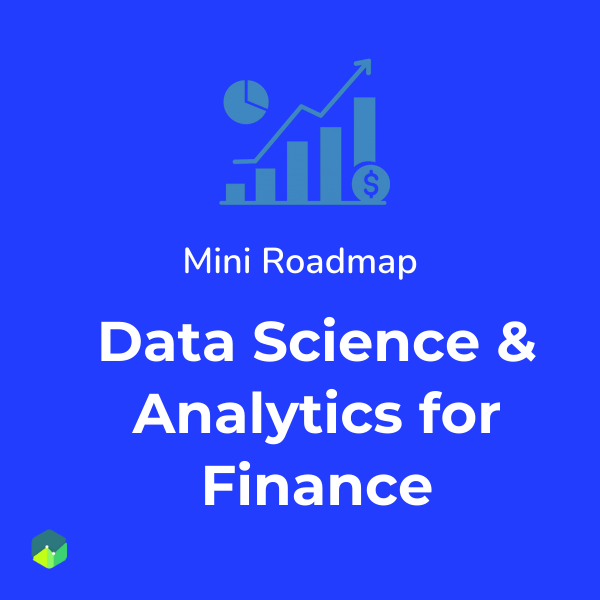Get full access to all Data Science, Machine Learning, and AI courses built for finance professionals.
One-time payment - Lifetime access
Or create a free account to start

A step-by-step guide covering Python, SQL, analytics, and finance applications.
Or create a free account to access more
Get full access to all Data Science, Machine Learning, and AI courses built for finance professionals.
One-time payment - Lifetime access
Or create a free account to start

A step-by-step guide covering Python, SQL, analytics, and finance applications.
Or create a free account to access more
The exam II of the PRM Certification conducted by PRMIA is about mathematical foundations of risk management. As the risk management profession becomes more important and dependent on quantitative models, it is essential for a risk manager to possess adequate quantitative skills and knowledge of mathematics concepts as applicable to risk management.
In the overall certification the PRMIA mathematics has In my opinion this is the most difficult among the four PRM exams. Let’s take a brief look at what to expect and what is the best way to study this section.